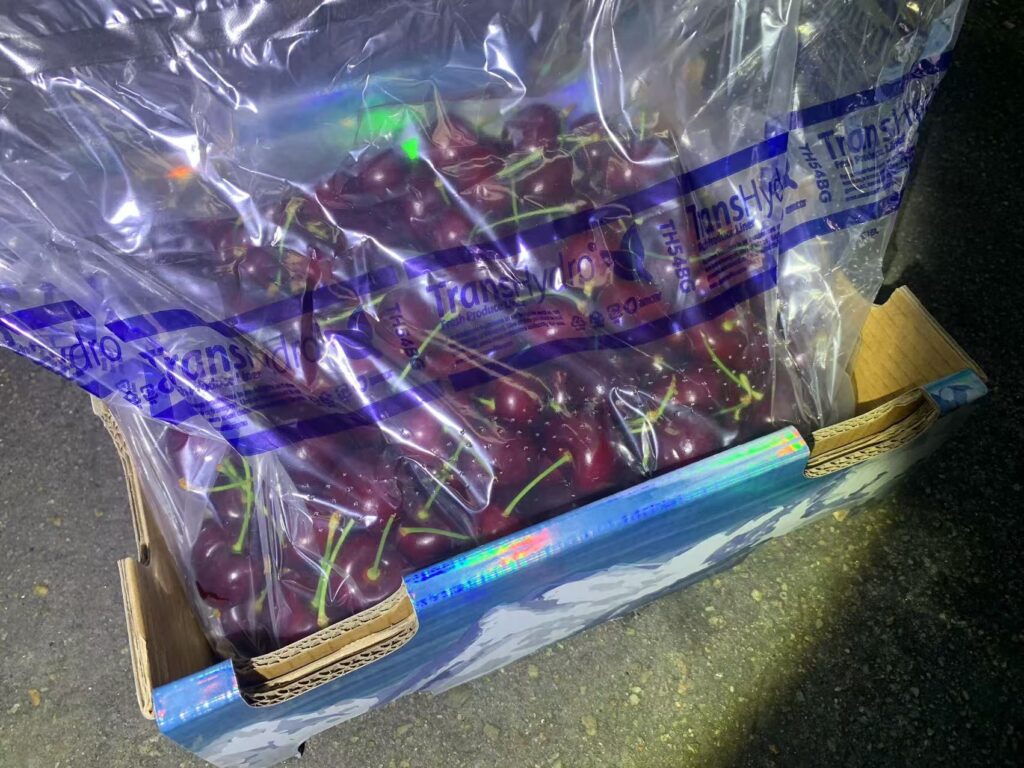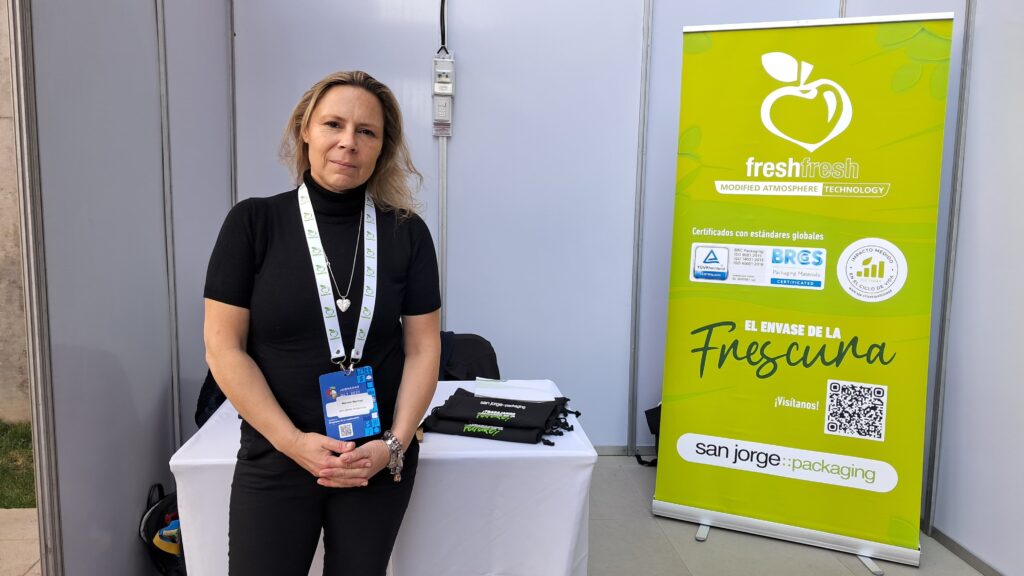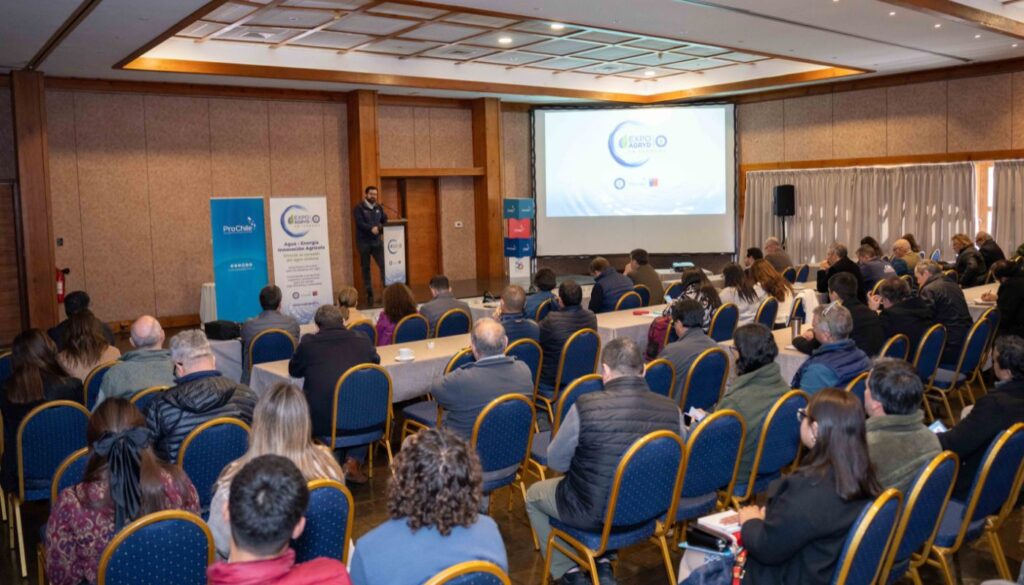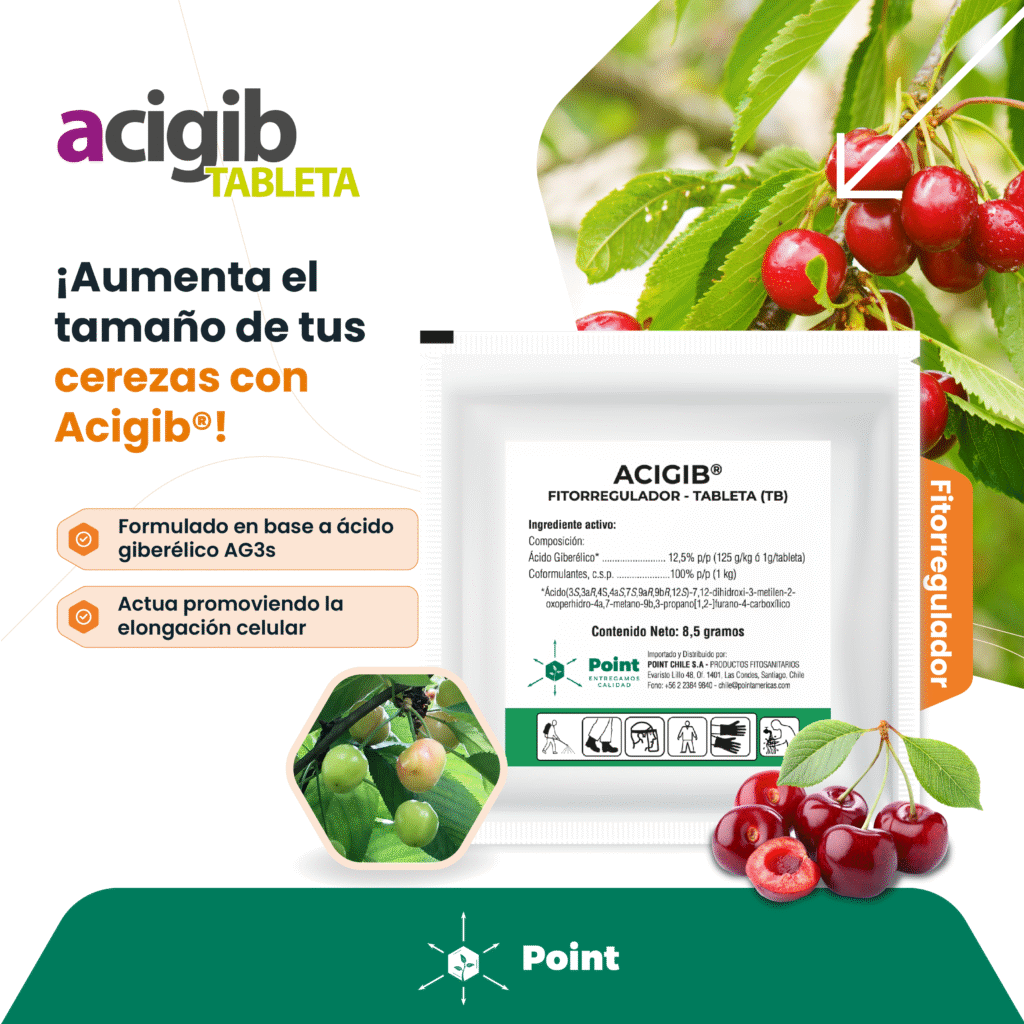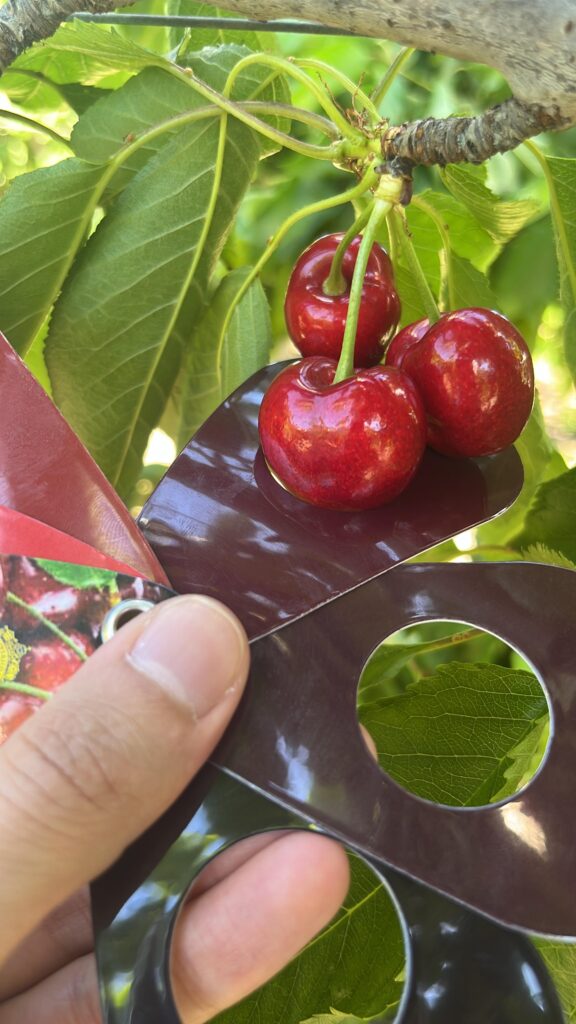“Of the 100 percent of the damage I can find in a fruit center, 90 percent could be due to early season cold damage.”
If the future of a cherry orchard could be predicted, then surely decision-making at different stages, and even the entire production process, would be much simpler. Without further analysis, it would be possible to know when and how to apply, for example, dormancy breakers, load regulation methods, among other tasks. However, it is clear that this ideal scenario is impossible.
It is therefore essential to be able to use tools that reduce uncertainty and obtain valuable information regarding cherry plants, in order to define strategies from a technical point of view, which will allow obtaining greater productive potential from the orchards.
The analysis of fertility and bud quality carried out by laboratories is presented as an excellent tool that allows decisions and planning regarding a property.
Carlos Tapia, Technical Director of Avium, explains what is obtained through this process: “It objectively indicates, in numerical or quantitative terms, the number of flower buds that the fruit centers have, mainly darts, and the number of healthy and damaged flower primordia that each of these flower buds have, to reveal the number of flowers or flowering potential that these structures have.”
Highly relevant information that not only provides a clear and specific picture of the fruit centres, but also allows us to anticipate how a particular orchard will develop in a specific season and what can be done about it.
“First, in terms of health, we can know the percentage of damaged primordia that could be in each fruit center, damaged by what?, mainly by cold. What do the statistics tell us? That this cold damage could have occurred at the beginning of dormancy, due to poor lignification of the floral centers, due to poor formation of bracts and that this damage is associated with cold damage, therefore these frosts at the end of April, beginning of May, when the plants are generating the process of lignification and coverage of bracts of all floral structures, may be the determining or most important factor that causes this damage.” explained Carlos Tapia, expert advisor on cherry cultivation.
According to data provided by Avium's Research and Development Department, it is estimated that: “90 percent of the damage is already expressed by July 1st; that is, of the 100 percent of the damage that I can find in a fruit center, 90 percent could be presented in cold damage early in the season.”.
This allows us to be aware early in the dormant season of possible damage that a flower center may present, and to be able to correctly anticipate the actions that must be carried out in the orchards.
“If you get a high percentage of bud damage, you may have to be a little more conservative with the use of dormancy breakers and also probably be more conservative in how you present the first stage of load regulation, which is pruning, and also take precautions based on production potential, such as decisions to be made to ensure these flowers, or ensure fruit set or ensure fruit retention through a growth regulator that allows you to obtain or ensure the greatest amount of fruit possible.", said cherry production advisor Carlos Tapia.

“In these last two ranges, high and excessive, we have to, eventually, worry, given good spring conditions, temperatures and conditions for pollination and fertilization, perhaps about an eventual high fruit set and analyze from a technical point of view what load regulation options I have within the season, such as flower thinning or flower thinning and fruit thinning, ideally finishing up to 30 days after full flower,” Tapia said.
Bud analysis provides guidelines on how to proceed, at least taking into account the flowering potential in relation to the conditions that are given to reach a productive potential. However, there are clearly differences in potential between one variety and another.
“If I find a Lapins, a self-fertile variety with good fruit set, and I find 15 to 20 flowers per fruit center, perhaps I am on the right foot. Although it is a normal average potential, I know that a Lapins in normal condition could set at 20-25 percent, however, if I have more than 25 flowers per fruit center, I have to analyze it from the technical and operational point of view, if it is worth taking into account an early load regulation method such as bud thinning, medium as flower thinning, and late as fruit thinning. Obviously not forgetting that pruning is the first model of initial load,” Carlos Tapia pointed out.
A different scenario arises when faced with excessive flowering potential and a variety that is self-incompatible, perhaps with a low setting potential, such as Kordia: “Perhaps we are relatively calm because we already have at least one flowering expression that will allow us to opt for a better setting, a better production,” said the Technical Director of Avium.
It should be noted that the information provided by the bud fertility analyses must be analyzed from a technical point of view on a case-by-case basis, considering the conditions and combinations present, and with the objective that each producer proposes for the orchard, in terms of productive potential: “Do not forget that productive potential is the delicate balance between the greatest number of kilos that an orchard can present with the best quality and condition of that fruit”, Tapia concluded.



